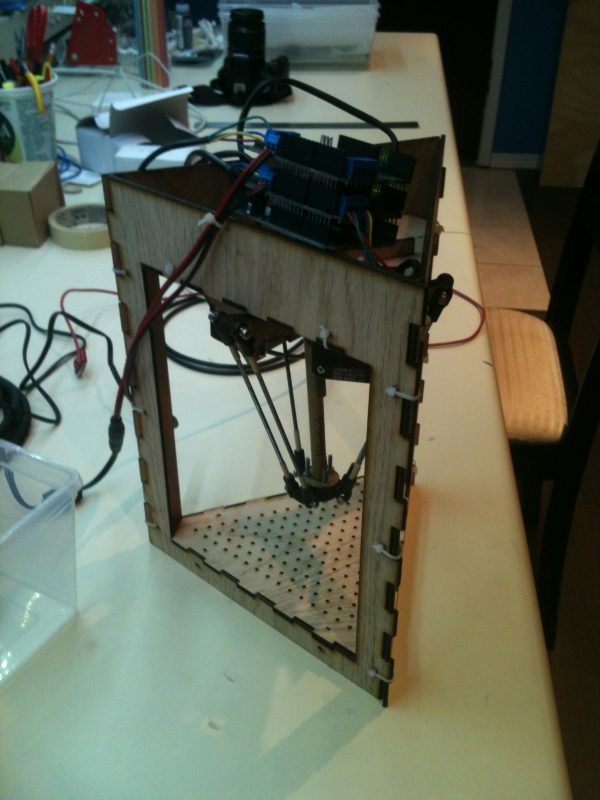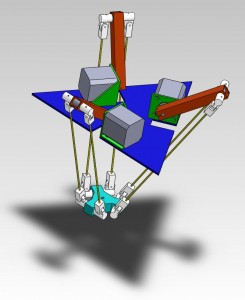Drawing Lines, Arcs, and Halftones with a Wall Hanging Arduino Drawbot
2013-11-26: updated link to github project!
Among the various features are…
- Verbose output: Debugging line and arc drawing took a lot of work and I see no reason to remove all the helpful debugging messages. Maybe it will give you insights to my madness. uncomment #define VERBOSE to see the storm of messages in the serial interface.
- Serial command interface: Type commands to the drawbot and it will execute them. Draw all the arcs & lines you want. Write a javascript app to send whole SVG files to your drawbot. Don’t worry about mistakes because I’ve added
- Sanity checking: Try to send the drawbot out of the work envelope and it will refuse with a cryptic error message.






